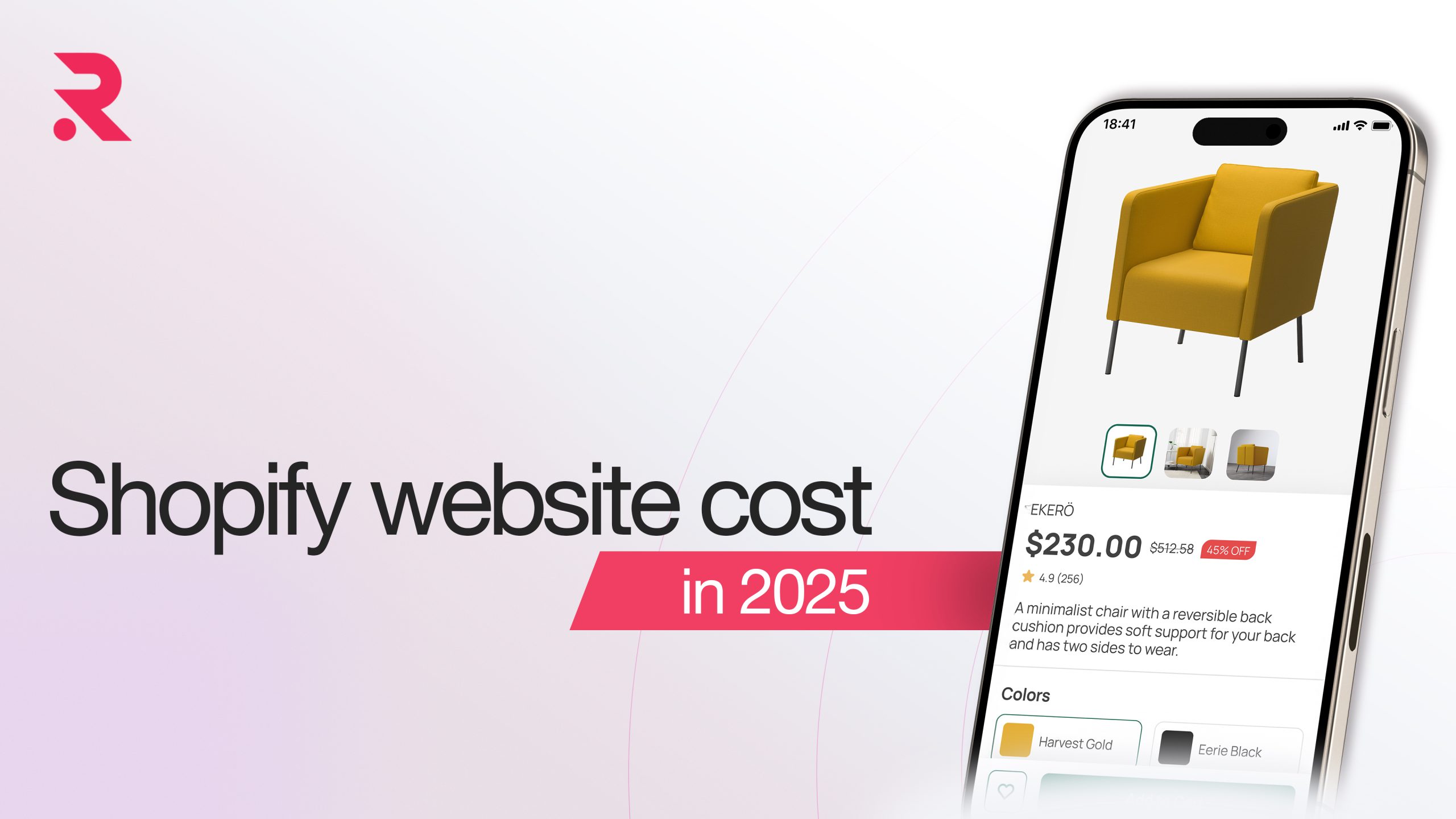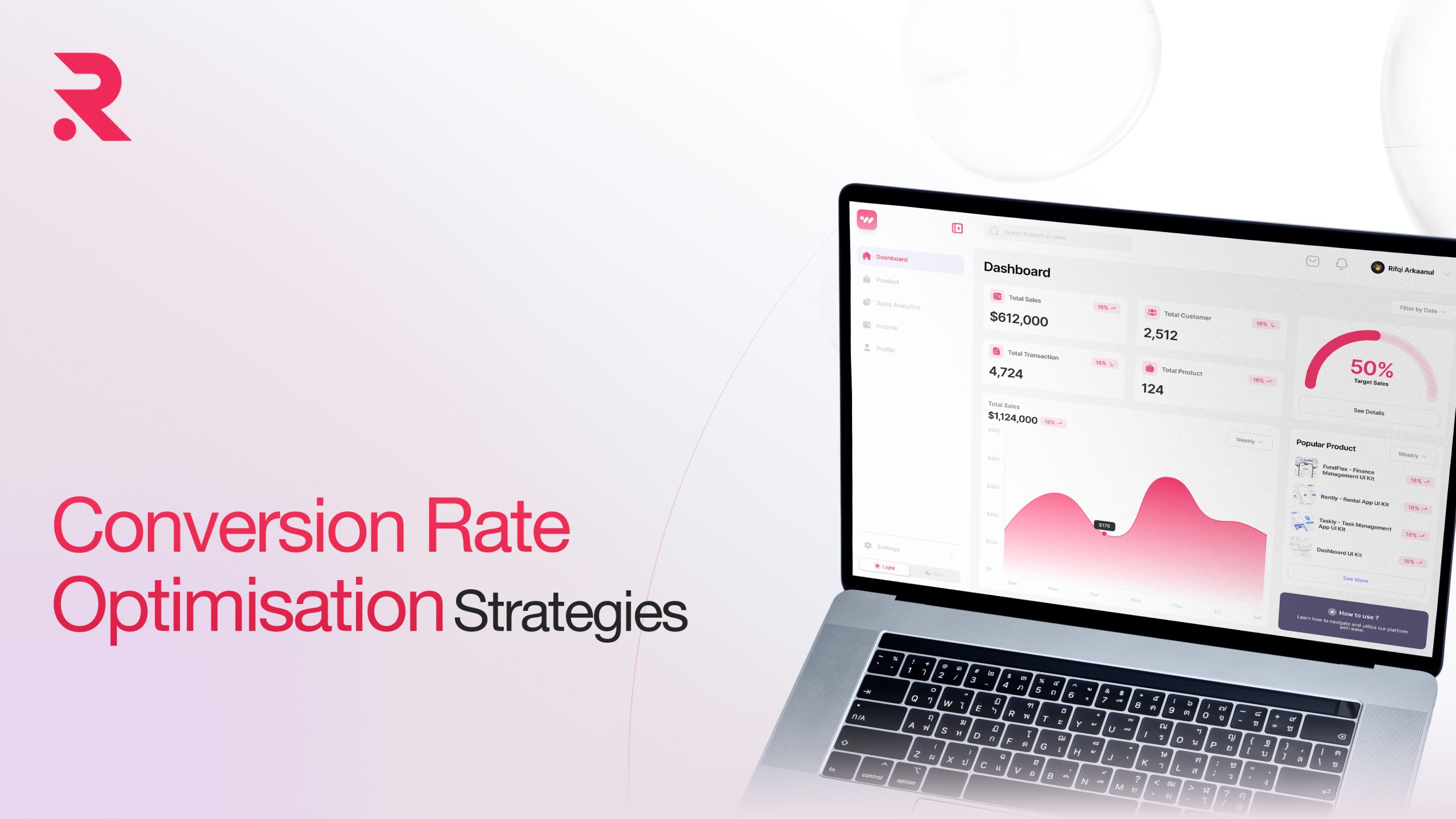Cost vs. Value: What to Consider When Investing in a B2B eCommerce Platform
- Jan 14, 2025
- By Tarun

B2B eCommerce has become quite common today. However, as we all know, things get more complex as they become common; the same is true with eCommerce platforms. The business goals, budget, actions, and plan can overshadow important decisions, such as selecting an appropriate eCommerce platform that can be ideal for your eCommerce model and your journey in this online business market.
What made us write on this topic is not just the overlooked side of the B2B eCommerce platforms; it is the motive to make your online platform choices valuable to your business.
In this blog post, we are making the distinction between cost and value simple, which becomes critical when evaluating a B2B eCommerce platform. Many businesses struggle to balance the two.
However, learning the art of lancing both and picking up the right B2B ecommerce platforms can transform business operations, enhance customer satisfaction, and support long-term growth.
Let’s begin navigating the cost-versus-value debate! For practical insights to help make a thoughtful business investment.
Understanding the Cost of B2B Platforms
The total cost of a B2B platform is beyond the sticker price; learn how you can calculate that with this:
Upfront Costs
Licensing Fees
B2b eCommerce platforms often have subscription or licensing fees, which vary based on company size and business features.
Take this instance into consideration to understand it better. In a certain scenario, a small business is paying $1000/month for a standard package, while a big enterprise-grade business has to pay $5,000/month for its advanced integrations.
This price variation is due to the selection of components that make running a large business simple and efficient on these online platforms. Have a look at this common plan and components below.
| Plan Type | Cost (Monthly) | Features Included | Limitations |
| Basic Plan | $500–$1,000 | – Standard storefront design – Basic reporting and analytics – Limited customer management – Basic email support | – No advanced integrations – Limited customization options – Suitable for small businesses only |
| Professional Plan | $2,000–$5,000 | – Customizable storefront – Advanced analytics – Basic CRM integration – API access – Multi-user management | – Moderate scalability – Limited automation features – Additional fees for upgrades |
| Enterprise Plan | $7,500–$15,000+ | – Comprehensive CRM – ERP integrations – Advanced automation tools – Multi-currency and multilingual support | – High upfront setup costs – Requires dedicated IT staff |
| Custom/Scalable | $15,000–$50,000+ | – Fully customizable features – Tailored analytics and workflows – Industry-specific tools – Dedicated account manager | – Long implementation time – High development and maintenance costs |
This is subject to change, and every platform may have different components and fees.
Implementation Costs
eCommerce platform setup involves tasks like data migration, integrations, and customizations, which add to the initial cost.
For reference, migrating customer data from an old system to a new platform may require extensive professional information technology resources, costing $10,000 to $50,000. This, too, depends on data complexity!
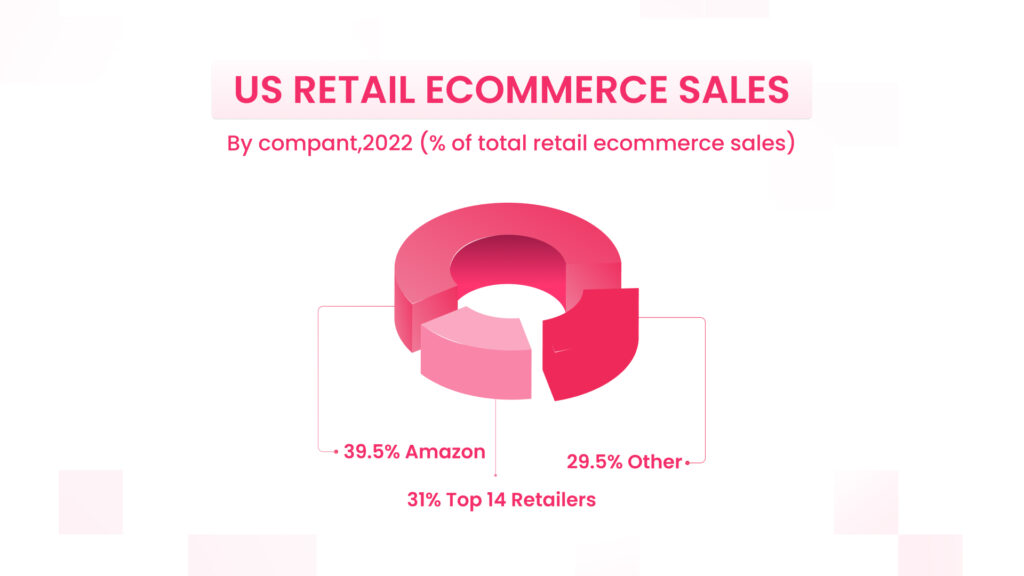
Hidden Costs
Modified with Specifications
Store-bought solutions rarely address every business need. However, the custom-made features can significantly increase the costs.
For example, a company that needs custom payment options has to spend an additional cost on the development of this specific feature.
Maintenance and Upgrades
Keeping the platform secure and updated incurs ongoing charges. Regular updates cost $2,000 annually, and major upgrades could range from $10,000 to $20,000.
To get the budget-friendly pick of these maintenance and upgrades, you can consider an eCommerce company with economical options for these maintenance and upgrade plans.
Looking to Update or Migrate to your Ecommerce Website?
Our Experts Can Help!
Employee Teaching
Training your staff on a new eCommerce platform temporarily reduces productivity, leading to indirect costs.
“A two-week training program for a team of 20 could cost you around $10,000 in lost productivity and $5,000 in trainer fees.”
Opportunity Costs
The biggest problem is that choosing the wrong B2B ecommerce platform will result in missed opportunities.
If your platform lacks analytics, it will prevent your business from identifying key sales trends, leading to stagnant growth.
Let’s understand this with the following:
Kia started a new scented candle business. Thus, her budget was low, and she picked a budget platform with limited scalability. However, after two years, she wanted to integrate a chatbot into her eCommerce platform. But now she faces integration issues that lead to a costly migration process ($100,000+). To get a more reliable solution to the problem.
Now, what do you think? Did she invest in a scalable platform initially? If she did, she could have avoided these costs and operational disruptions.
Exploring Real Returns on Your Investment
Enhanced Customer Experience
The cornerstone of any successful B2B eCommerce platform is how it improves interactions with your target audience. Which needs to have excellent customer-engaging experience.
Personalization
Advance the eCommerce platforms better is the features. Advanced plans include features like artificial intelligence (AI) to analyze customer data, such as past purchases, browsing history, and preferences, to offer customer-specific product recommendations.
A supplier of office supplies can use AI to recommend compatible printer ink or paper based on a customer’s purchase history, boosting upselling opportunities. This results with:
- Personalized experiences build trust
- Increase sales
- Improve customer retention rate

Ease of Use
Platforms with intuitive, user-friendly interfaces make it easy for customers to navigate and find what they need without getting discontent in between the process.
Clean design with categorized products and a prominent search bar ensures that customers can quickly locate products for what they are on platforms. Resulting in:
- Reduces bounce rates
- enhances satisfaction
- encourage online sales growth
Self-Service Options
Features like order tracking, instant reordering, and account management empower customers to handle tasks independently.
Need this graph:
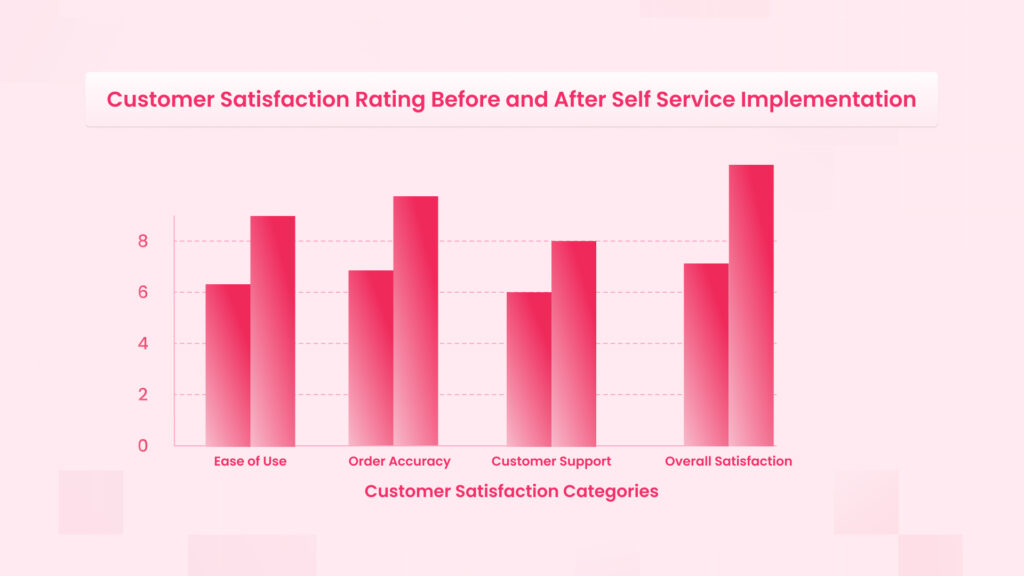
A manufacturer’s portal allows clients to track delivery status, download invoices, and place repeat orders with a single click. This leads to the burden on your customer support team and offers superior experience for tech-savvy buyers.
Operational Efficiency
Efficiency is not merely a buzzword; it’s the key to reducing costs and maximizing productivity in your B2B operations.
Automation
Automating businesses saves time and reduces human errors by automating repetitive tasks like order processing, inventory updates, or invoicing.
An automated order management system updates stock levels quickly and triggers restocking alerts. This results;
- Streamlines workflows
- Ensures accuracy
- Frees up employees to focus on high-value tasks
Seamless Integrations
Integrating your eCommerce platform with key business tools like CRM (Customer Relationship Management systems) or ERPs (Enterprise Resource Planning tools) ensures smooth data flow.
Need Image:
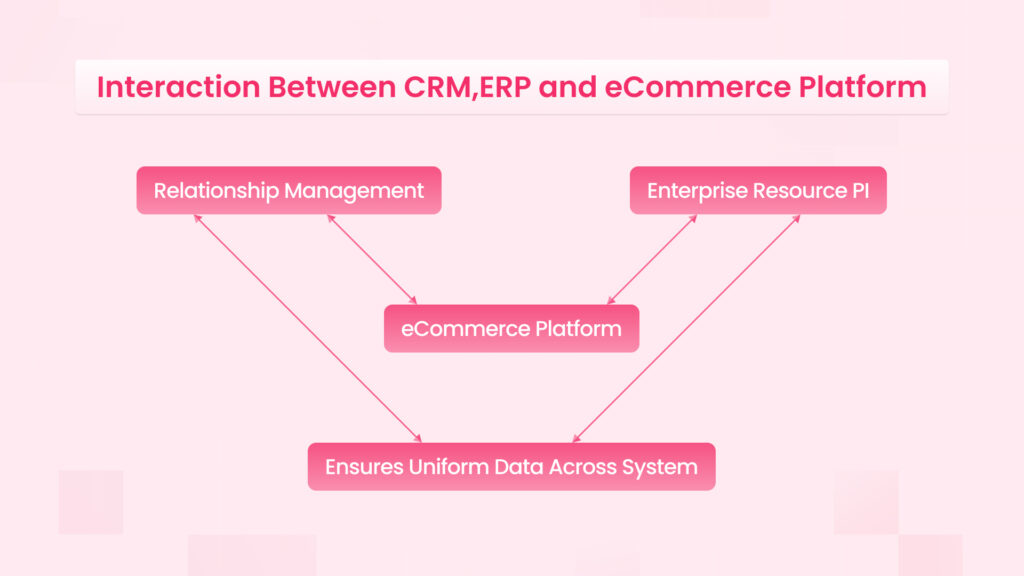
A CRM integration updates customer profiles with purchase histories, while an ERP integration manages stock levels and financial records. This helps you to improve decision-making by offering a unified view of operations and reducing data silos.
Scalability and Growth
The best B2B ecommerce platform grow with your business, helping you expand into new markets and serve larger customer bases.
Multi-Currency Support
Let businesses accept payments in different currencies, catering to international clients. A US-based manufacturer entering the European market can display prices in euros, simplifying the purchasing process for local buyers.
Great way to reduce barriers to international transactions and boost global competitiveness.
Multi-Language Support
This allows platforms to provide content in multiple languages, essential for localization and customer engagement in diverse regions.
For example, a supplier of industrial equipment translates its product descriptions into Spanish and French for Latin American and European markets. Which builds trust and improves customer satisfaction by offering native-language support.
Adaptability for Market Growth
A scalable platform supports growing order volumes, customer bases, and product catalogs without compromising performance.
An eCommerce platform that can handle peak traffic during Black Friday sales ensures no missed opportunities. This ensures sustained growth and avoids costly migrations to new platforms in the future.
Looking for a technical partner to help grow your Ecommerce store?
Looking for more? We Can Help!
Key Factors to Weigh: Cost vs. Value
There are a number of things to consider; let’s get into those.
Meeting Business Objectives
The first thing to do is to be clear about what your business objectives really are. Whether you really would like to create better user retention, tap into international sales, or get rid of repetitive tasks through automation, what you expect the eCommerce platform to do must align with your business goals.
Calculating TCO
Total Cost of Ownership (TCO). It goes beyond initial costs, and refers to:
- Initial Setup: License fees, implementation costs, and customization costs
- Ongoing Maintenance: Software updates, hosting, and security expenses
- Scalability Costs: New features added or increased traffic through users
A business might pay a licensing fee of $1,000 monthly but might incur costs of $500 on maintenance and $10,000 annually for the scalability upgrade. Over five years, this adds up to a TCO of $75,000.
Measuring ROI
A B2B platform’s ROI should reflect its contribution to:
- Efficiency Gains: Automating tasks like order processing to save time.
- Customer Satisfaction: Improving the buyer experience with self-service tools.
- Revenue Growth: Facilitating International Sales or Recurring Subscriptions.
For example, an order-fulfillment company can reduce labor costs of $50,000 per year while increasing customer retention by as much as 20%, making the business very profitable indeed.
Vendor Support
Good support from your vendor will ensure that the platform runs smoothly. Evaluate vendors on:
- Response Time: How quickly do they address issues?
- Expertise: Do they understand your industry and its unique challenges?
- Track Record: Look for testimonials, case studies, and reviews.
A vendor offering 24/7 support with dedicated account managers can resolve critical issues faster, minimizing downtime during peak business hours.
Looking for a Partner in Your Digital Transformation Journey?
We Can Help!
Scalability and Adaptability
It’s best to future-proof your eCommerce platform to avoid costly switches later.
- Modular Features: Flexible modular designs support businesses adding capacities as they prove necessary.
- Handling Traffic Peaks: The system’s ability to function during busy hours and/or a greater volume of transactions.
- Regular Updates: The platform must allow for regular updates on its features for competitiveness in terms of keeping up with industry standards.
Cost vs. Value in Action
| Opting for Low Cost | Investing in Value |
| A mid-sized distributor chose a budget-friendly platform to save on upfront costs. However, poor scalability and limited integrations led to operational challenges, forcing a costly migration within two years. | A B2B manufacturer selected a premium platform with advanced automation. The result? A 30% efficiency boost and a 20% increase in customer retention within the first year. |
Common Pitfalls to Avoid
| Pitfalls | Factors |
| Ignoring Hidden Costs | Upfront affordability can mask recurring expenses, such as maintenance and customizations. |
| Lack of Growth Planning | Platforms that meet current needs but lack scalability can hinder long-term growth, leading to additional costs later. |
| Neglecting Stakeholder Input | Failing to involve employees and customers in the decision-making process can result in poor adoption and inefficiencies. |
Conclusion
Investing in a B2B eCommerce platform is not just about managing costs; it’s about some value that affects efficiency, customer experiences, and long-term growth. Weighting the costs against the value allows companies to easily make sound decisions on future returns.
 Shopify
Shopify